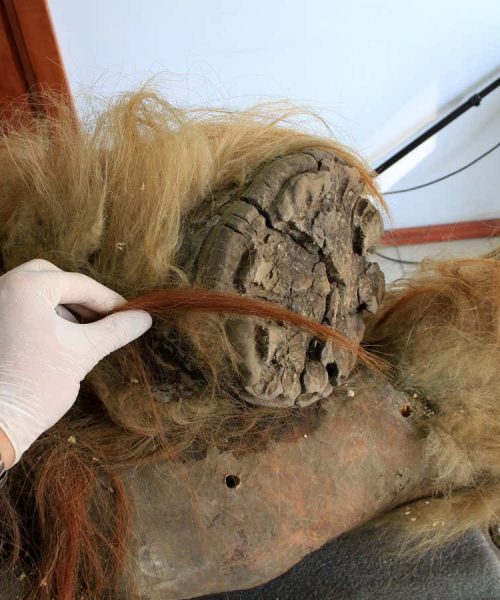
The newly described plant Relictithismia kimotsukiensis only emerges above ground for a few days a year
TAGANE Shuichiro
A tiny plant that feeds on fungus and has no pigment has been named as the first new genus of plant from Japan since 1930.
It was found in the Kimotsuki mountains on the island of Kyushu by an amateur botanist in June 2022, but it has taken until now to confirm its unique status. So far, researchers have only found five individuals in a single location and estimate the total population may number as few as 50.
Advertisement
The plant, which grows to 3 centimetres tall and 2 centimetres wide, emerges to the surface for as little as a week each year. It belongs to a group of plants known as fairy lanterns and has been given the scientific name Relictithismia kimotsukiensis.
Unlike most other plants, fairy lanterns don’t produce the green pigment chlorophyll, which is necessary for photosynthesis. Instead, they get their energy from fungi. “This adaptation results in appearances that can seem alien compared to the more familiar, photosynthetic plants,” says Kenji Suetsugu from Kobe University in Japan, one of the scientists who described the new species.
“The unique appearance of this new plant species does evoke images of squids or extraterrestrial beings, making it a truly unusual and fascinating addition to the botanical world.”
Suetsugu has proposed a Japanese name for the plant, mujina-no-shokudai, which translates as “raccoon dog’s candleholder”.
It took almost a year for Suetsugu to find the plant growing after he first heard about it. It was a moment of “joy and relief”, he says, because he feared it may take a decade to collect the specimens needed to describe it properly.
He expects the Japanese government to give the plants endangered species protection and take steps to conserve the population, as it is close to a road.
“[The discovery] challenges the notion that new species can only be found in remote or uncharted territories, suggesting instead that even well-studied regions can harbour undiscovered botanical treasures,” says Suetsugu.
Topics:





